Samsung and Philips will compete to make the best next-gen AR display, and we win no matter what
We may earn a commission if you make a purchase from the links on this page.

Okay, so the Apple Vision Pro is happening and it’s likely to send ripples across the entire tech industry when it finally reaches users. You can feel the excitement for one of the best AR/VR headsets online right now.
Of course, a lot of that excitement comes in the form of comments such as “What is this insane price, Apple”, but hey! There is no such thing as negative publicity!
Existing companies, however, seem to be tuning-in with the winds of change. Yesterday we told you about how the Vision Pro may kickstart an AR revolution. And you know what? With today’s report that Philips and Samsung are manufacturing next-gen Micro OLED screens for an “expanding number” of mixed-reality headsets, it seems like we were on the right track.

So here’s the short of it:
Samsung is striving for better picture quality, because nothing sucks more than to be in an AR/VR space and then to have the bad type of blur — the one that feels like a bad Pixel phone photo blur job. But Sammy is also looking to provide these in different form factors and in a way that requires less power.
And that last bit is important, because a lot of the user feedback for Apple’s upcoming headset is focused on the “limited” two hour battery life. But with Samsung’s panels aiming to be 5-10 micrometers in size? Yeah, that will probably help. While being a massive engineering feat.
Philips, on the other hand is aiming for improvements in terms of visuals. As in: better colors, more brightness, a better feel for depth and, of course, the ever-coveted contrast. The company is also boasting a significant reduction in power consumption, so we can’t wait to hear for more on that front.
But do you sense what this feels like? Competition. And that’s really, really important when it comes to improving the state of AR/VR. Which, up to the Vision Pro, was impressive, but not long lasting.
Existing companies, however, seem to be tuning-in with the winds of change. Yesterday we told you about how the Vision Pro may kickstart an AR revolution. And you know what? With today’s report that Philips and Samsung are manufacturing next-gen Micro OLED screens for an “expanding number” of mixed-reality headsets, it seems like we were on the right track.

So here’s the short of it:
- Samsung has started developing its LED on silicon (labeled LEDoS) tech for numerous AR devices. FYI, these are the same ones in the Vision Pro itself.
- Philips, on the other hand, has started making direct view LED tech (labeled dvLED), which basically remove the need for LED panels and provide surface LED arrays instead.
Samsung is striving for better picture quality, because nothing sucks more than to be in an AR/VR space and then to have the bad type of blur — the one that feels like a bad Pixel phone photo blur job. But Sammy is also looking to provide these in different form factors and in a way that requires less power.
Philips, on the other hand is aiming for improvements in terms of visuals. As in: better colors, more brightness, a better feel for depth and, of course, the ever-coveted contrast. The company is also boasting a significant reduction in power consumption, so we can’t wait to hear for more on that front.
But do you sense what this feels like? Competition. And that’s really, really important when it comes to improving the state of AR/VR. Which, up to the Vision Pro, was impressive, but not long lasting.
All of this may serve to improve future mixed-reality headset iterations in numerous ways, but it’s up to the manufacturers of the headsets themselves to figure out the best ways to utilize these upcoming advancements. And you know what? It’s exciting!
And speaking of exciting, you may want to check this out:
Follow us on Google News

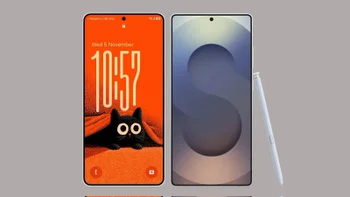


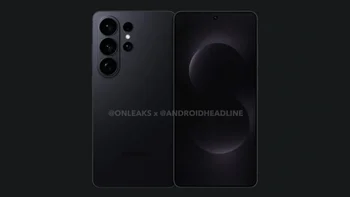
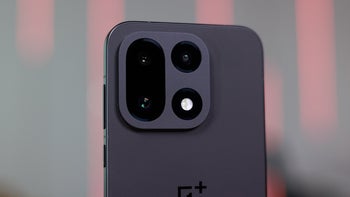
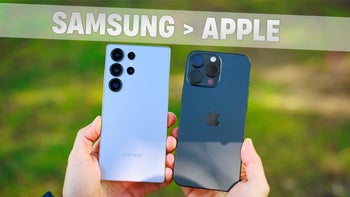
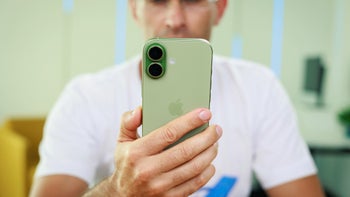



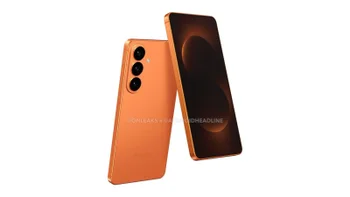

Things that are NOT allowed:
To help keep our community safe and free from spam, we apply temporary limits to newly created accounts: